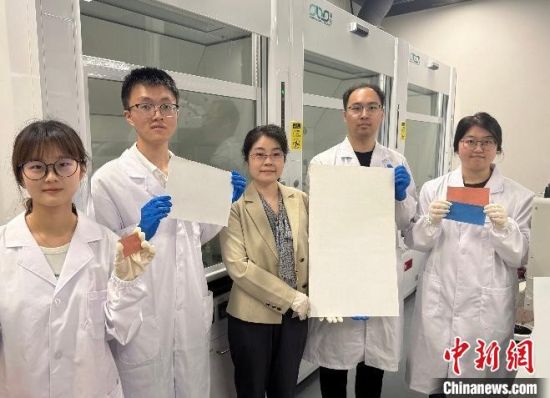“By introducing an AI model, we were able to filter over 50,000 datasets in just three months—a task that would have been immeasurably time-consuming using conventional methods,” said a professor from the School of Materials Science and Engineering during an interview in Shanghai.
On the night of July 2, Beijing time, a groundbreaking scientific achievement led by a research team was published in Nature. The team made a major original breakthrough in the field of AI-driven thermal radiation metamaterials, developing an inverse design AI model capable of generating large batches of candidate design solutions.
Metamaterials are a class of artificial materials with unique properties. Those with thermal radiation capabilities can effectively “package” excess heat and transfer it outward, acting like a “cooling device.”
With millions of possible combinations in microstructure and material composition, designing metamaterials is akin to navigating a maze. The team significantly reduced exploration time by incorporating an AI model.
It was noted that scientific research is increasingly entering the data-intensive fourth paradigm—AI-driven research. The team began exploring the integration of machine learning and research around 2019, spending five to six years to achieve these results.
Through their work, the team trained an AI model capable of rapidly and accurately generating multiple design solutions for thermal radiation metamaterials based on desired spectral properties, enhancing design dimensions, speed, and performance.
The “optimized” thermal radiation metamaterials from this research are now being applied in critical fields such as aerospace thermal management and energy-efficient building cooling, driving industrial advancements.






